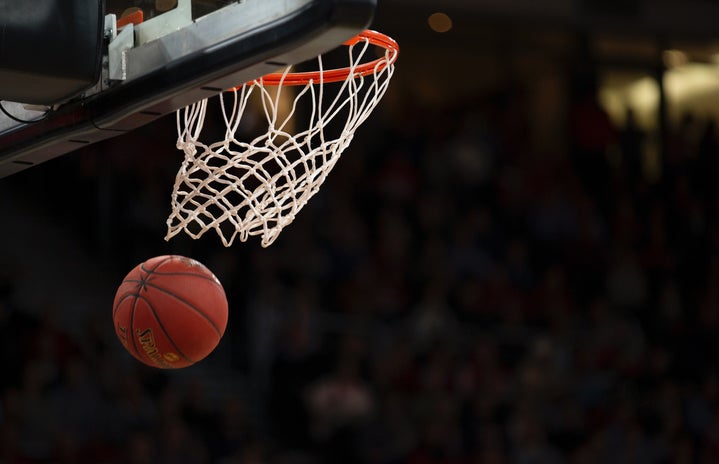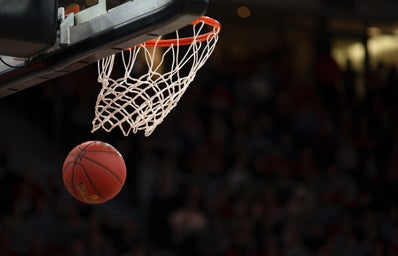A few weeks ago, photos and videos were circulating about the disparities in treatment between the teams competing at the NCAA tournament. The only difference between the teams? Their gender.
Several of the athletes and coaches at the tournament voiced their concerns publicly, hoping for some kind of reconciliation from the NCAA. They were met with no real apologies and claims of not having enough time to prepare and coordinate. Based on their logic, it sounds like they spent too much time on the men’s tournament but rushed through the women’s process.
Moving away from this specific incident, this inconsideration and ignorance by the NCAA allowed for the conversation to be reopened about men versus women sports at all levels. When preparing for a collegiate level tournament, all the athletes -regardless of the gender they are considered for sports- work hard and achieve the same among their group of competitors. So why are women’s programs not given the same access and opportunities?
Here at A&M, we are in a slightly different situation, especially with our basketball programs. The two teams have access to the same facilities. And the attitude is more positive towards our women’s team given their immense success in multiple conferences and the NCAA.
This is, by no means, the case across the country. Despite the constant idolatry of professional athletes in the United States, the sexism in our global community overshadows the accomplishments, athleticism, and dedication of athletes who identify as women.
The roots of this go deeper into transphobia and the notion that athletic women are masculine or less of women for their talents and hard work. “She’s probably a man” and “this is supposed to be women’s *insert sport here*” are both remarks I have heard about women athletes. All just because of their athletic status or their tall and muscular physiques.
This does not even begin to highlight the additional lens of racial issues for college athletics as a whole, but particularly in a sport like basketball that is dominated by women of color.
I’m writing about this today because I am over it. I personally find athleticism at any level admirable, but especially in those who have overcome the hurdles of collegiate athletics. Sexism is always observable, but the way the NCAA chose to differently treat athletes due to gender is abominable.
For those who may respond to this with the limitations on athletes based on biological sex, please note two things. For one, the world record for women’s weightlifting (totaling both a snatch and a clean and jerk weight) is 333kg (around 735 pounds), and for men is 484kg -or 1067 pounds. While this is a significant difference in numbers, the women’s weight options were not nearly proportional to biological ability. Two, the heaviest weight found in the women’s training areas were 30-pound dumbbells with no plates or bars to be seen. These student-athletes train year-round in the weight room, utilizing different machines, techniques, and weights. They can certainly lift more than 30 pounds, and in fact, need heavier weights to continue their training at a consistent level.
This article could turn into a chapter in a book of things that make me upset because they were easily preventable. The NCAA needs to look at all athletes equally, whether in the free items they receive for tournaments or their access to necessary equipment.
The one bright side of this has been the reignition of an important conversation about supporting women in all sports, especially collegiate athletes. The outpouring support shown by social media and viewership of the women’s NCAA tournament has shown how bringing up these harmful patterns of normalized misogyny and sexism have a real impact.
With that said, I encourage my fellow college students, especially to support your women athletes. Go to their games, follow them on social media, and recognize their accomplishments. People are starting to pay attention to sexism in sports, and we can’t let this train slow down.



